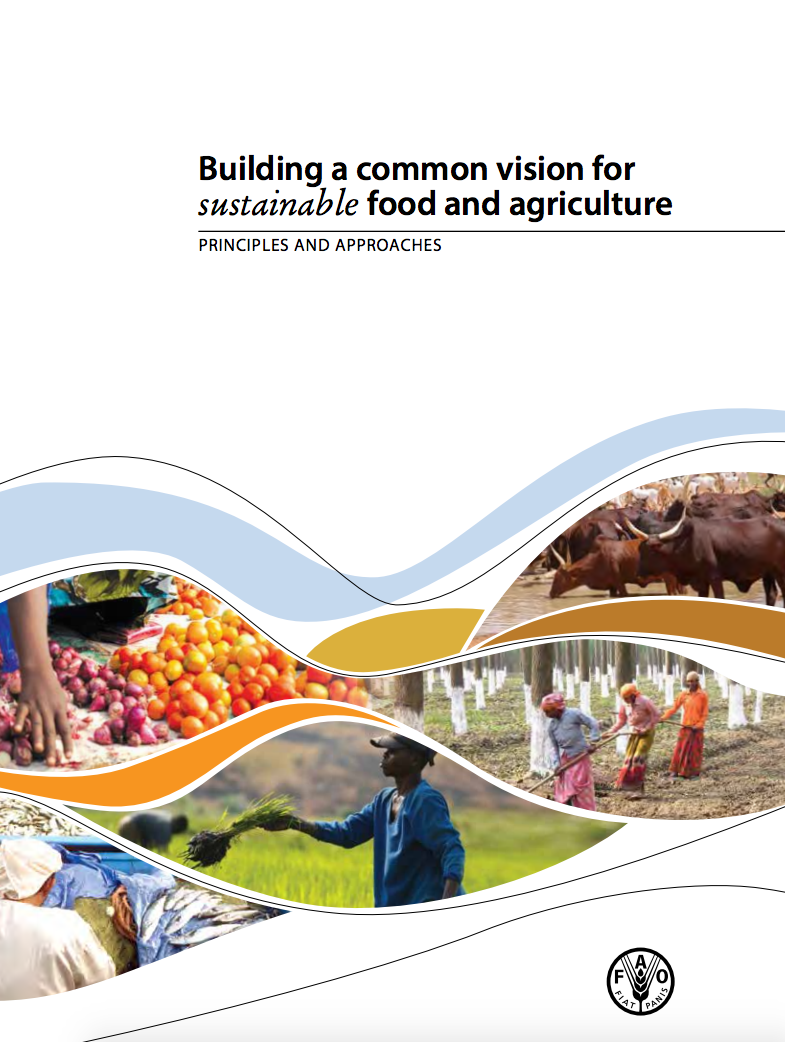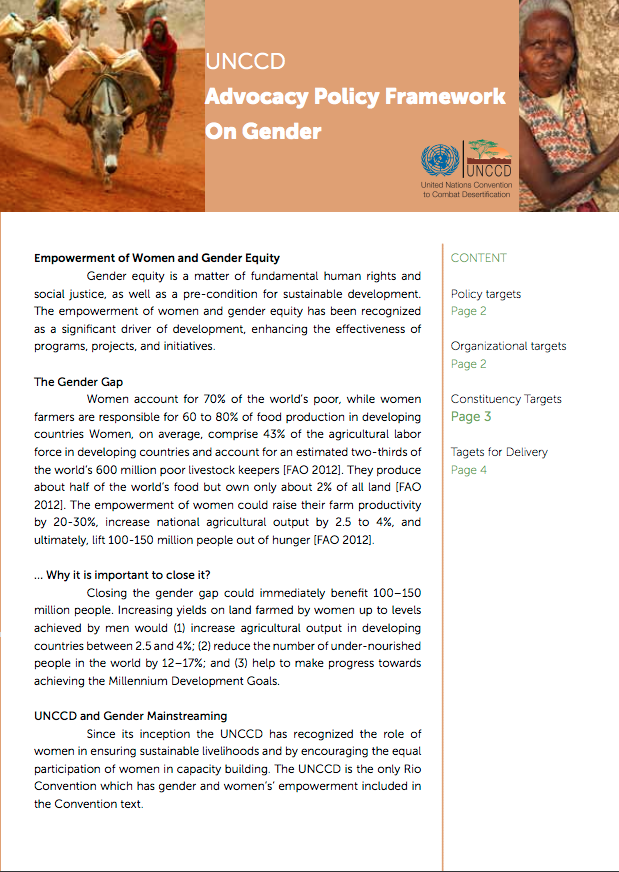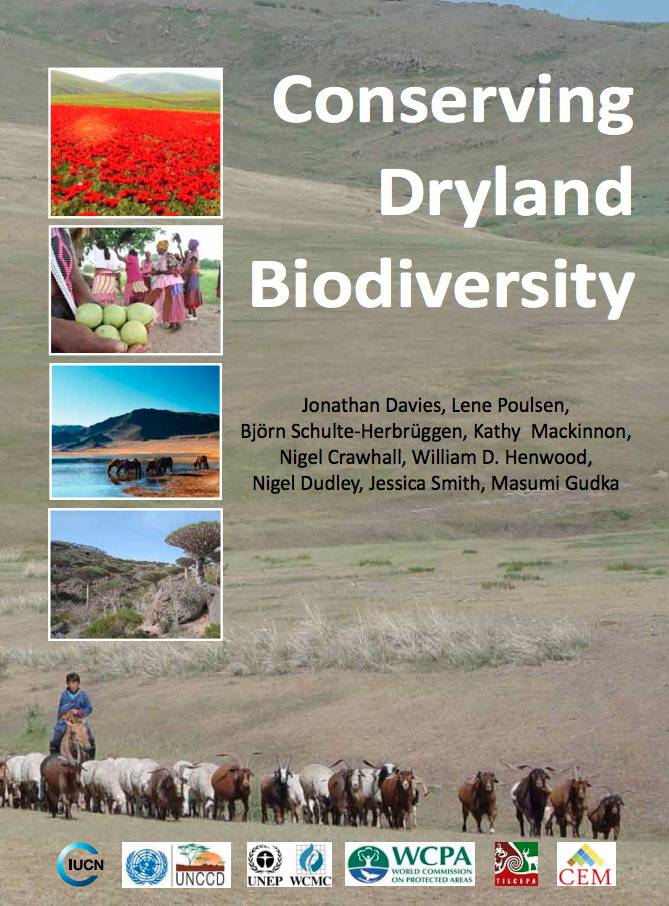Linking Farmers’ Knowledge, Farming Strategies, and Consequent Cultivation Patterns into the Identification of Healthy Agroecosystem Characteristics at Local Scales
In order to identify sustainable management solutions for small-scale farmer agroecosystems, a better understanding of these dynamic forest–farmland systems, existing farming and forestry strategies, and farmer perspectives is important. We examined the relationship between agricultural land use patterns and farmers’ practices and identified existing and potential characteristics of healthy agroecosystems at local scale in the context of village communities in Zanzibar, Tanzania.









